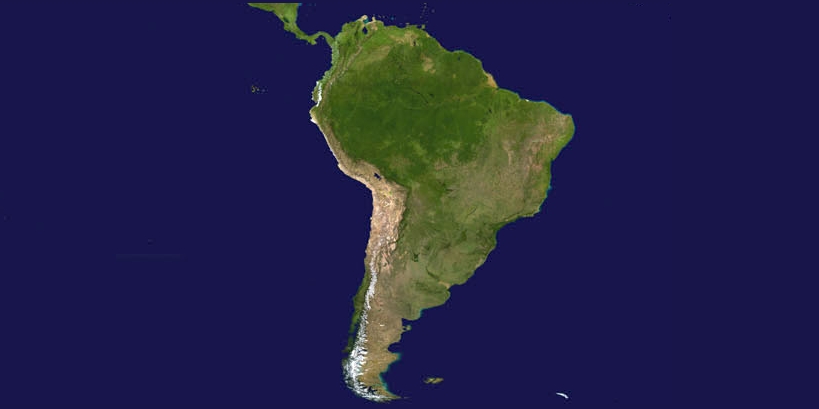

Record summer temperatures of more than 104 degrees Fahrenheit (40 degrees Celsius) in the Southern Hemisphere are hampering efforts to tackle a large wildfire outbreak of at least 231 individual fires across central Chile. The fires have killed at least 26 people, left at least 1,182 injured, destroyed 1,100 homes and prompted the declaration of a state of emergency in three regions.
These wildfires are blazing within three sparsely populated central regions – Araucanía, Biobío and Ñuble – which are home to many grape, apple and berry farms as well as large tracts of forest land. Since January 30, 2023, the Ñuble region has maintained a preventive early warning due to the threat of forest fires as a result of high temperatures. The fires coincide with a long drought that has lasted for more than 13 years and with an unprecedented heat wave in the south of the country.
The fires, which have consumed almost 741,315 acres (300,000 hectares) of land, have already made 2023 the second worst year in terms of hectares burned after the so-called “firestorm” that hit the country in 2017. Twenty-eight of the hundreds of fires have burned the amount of forest and woodland the country typically loses over the course of a year.
Forecasts for higher temperatures stretching from Santiago to the southern regions have raised concerns about the current 81 active fires. Authorities warned that persistent hot and dry weather could potentially exacerbate what are already the deadliest blazes in the country’s recent history.
Chile’s interior minister, Carolina Tohá, said 76 new fires had broken out on February 3rd alone, adding that the record temperatures were making it very difficult to stop the blazes from spreading. “The thermometer has reached points that we have never known until now,” Tohá said on Saturday. She also suggested the fires should serve as a wake-up call about the effects of the climate emergency. “Chile is one of the countries with the highest vulnerability to climate change, and this isn’t theory but rather practical experience.”
Chile is in the grip of an over a decade-long period of dry weather, which the World Meteorological Organization called a "mega drought" last year, adding it was the longest in a thousand years and marked a major water crisis.
NOAA’s geostationary satellites provide timely and potentially life-saving information in a dynamic fire environment. GOES-16 (GOES East) and GOES-18 (GOES West) frequently detect fires before they are spotted on the ground, which is particularly important in remote areas. The satellites also track fires in real time, identify and track smoke, and help determine a fire’s size and temperature.
The Joint Polar Satellite System’s NOAA-20 and Suomi NPP polar satellites play an important role in detecting and tracking wildfires, especially in remote regions. Their high spatial resolution imager detects smaller and lower-temperature fires and also provides nighttime fire detection. The data from these satellites is also critical to smoke models used by fire crews, first responders, and air traffic controllers.
